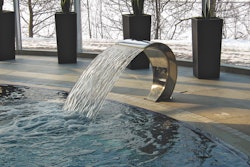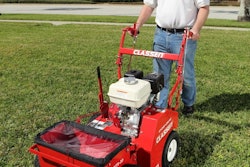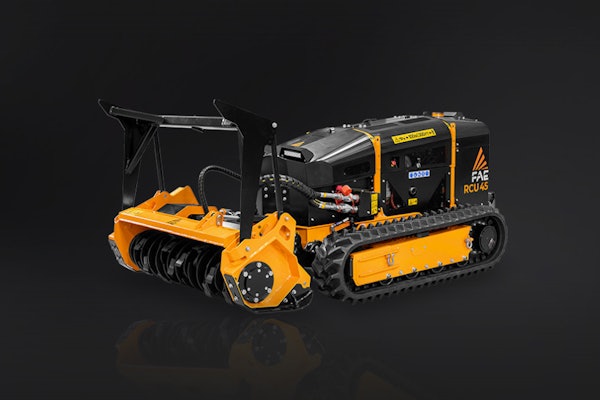
Compositing is not a tricky process, but it’s important to know what can and cannot go into composting, as well as how to start.
The Grounds Guys have created a step-by-step process in creating and building a compost pile.
Get the right spot
Compost piles should be in dry, shady spots near a water source. Avoid putting a compost pile near a home or garden. Compost piles tend to attract insects that can ruin a garden or enter a home.
Build the support structure
Use wood, chicken or wire mesh to construct a support for the compost pile. A compost pile that is not contained can be shifted and moved by the wind. Wildlife can also make a home in the compost pile.
Choose your natural waste
Fallen leaves, dead plants, paper products, grass clippings and vegetable scraps make excellent compost. If a garden produces unusable plants, add them to the compost pile.
Add water
The best compost piles are ones that are kept moist. You want to keep a compost pile damp, but do not soak the pile. Check the moisture of the pile regularly. Turn the pile with a pitchfork to see if more than just the top level is moist.
Nature will take over
The compost pile will change shape and color over time. The compost pile should go from green to brown. When you add material to the compost, add water and turn the pile using a pitchfork.









